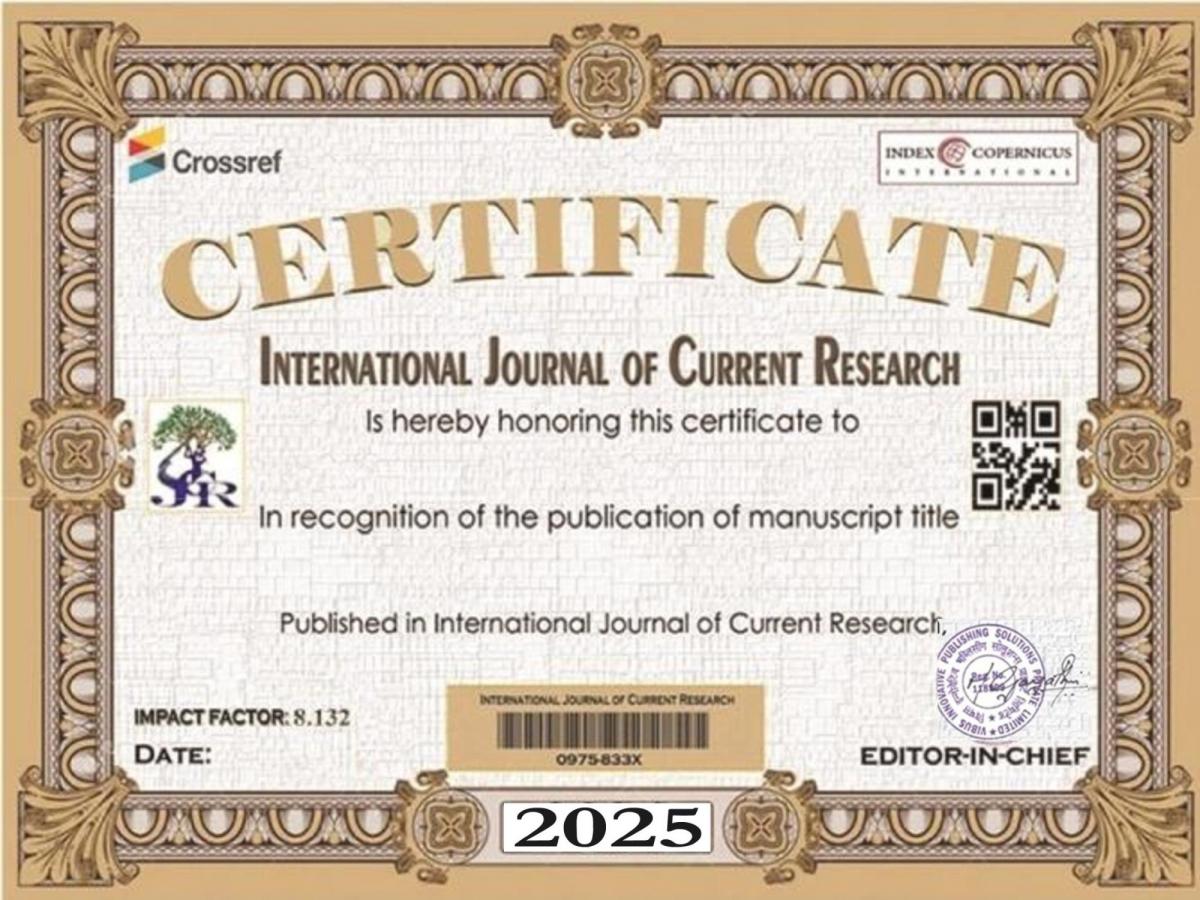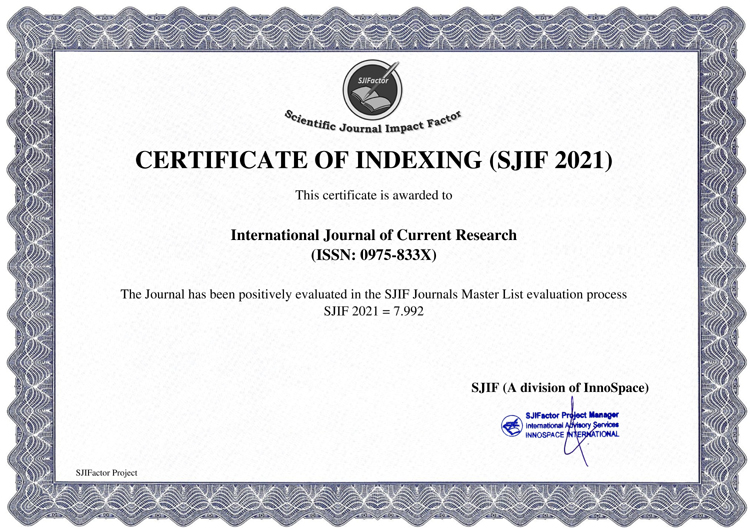The areca nut or betel nut is the fruit of the areca palm (Areca catechu). The palm is originally native to the Philippines, but was carried widely through the tropics by the Austronesian migrations and trade since at least 1500 BCE due to its use in betel nut chewing. It is widespread in cultivation and is considered naturalized in much of the tropical Pacific (Melanesia and Micronesia), South Asia, Southeast Asia, and parts of east Africa. It is not to be confused with betel (Piper betle) leaves that are often used to wrap it. The practice of betel nut chewing, often together with other herbs as a stimulant drug, dates back thousands of years, and continues to the present day in many countries. Betel nut is a common stimulant in many Asian countries. However, very few studies investigate how chewing betel nut affects cognition. Betel nut seeds usually germinate in a minimum time of 6 weeks, and 1- to 2-year-old seedlings are planted into their permanent sites at a density of 1000–1500 palms per hectare. The palms usually begin to flower and fruit after 7 years. It takes 10–15 years to achieve maximum fruit production, which continues for 45–75 years. Use of inorganic fertilizers has, however, increased the production of betel nut in recent years. Around 10–20% of world's population uses betel nut. Recently, the trend has changed to chewing processed betel products known as pan-masalas and gutka. These are available in small, attractive, and convenient sachets for individual use, which contain a mixture of betel nut, cardamom, fennel, and slaked lime, and may also contain tobacco. The seed is separated from the outer layer of the fruit and may be used fresh, dried, boiled, baked, roasted or cured. The most common method of using betel nut is to slice it into thin strips and roll it in a betel leaf with slaked lime (powder) or crushed seashells. This leaf package is known as a betel quid, betel nut chew, betel chew, betel pan or betel paan (India). Betel quids may also contain tobacco and other additives such as cloves, cardamom, nutmeg, aniseed, coconut, sugar, syrups and fruit extracts, to enhance the flavour. Betel nut chewing is an important cultural practice in some regions in south and south-east Asia and the Asia Pacific. It has traditionally played an important role in social customs, religious practices and cultural rituals. The demand for areca nut and its products has been increasing steadily in India. Betelnut is a very profitable business with negligible investment. But, because of the government’s negligence and lack of awareness, there is no proper market place to sell the products. Farmers also supply a part of the total production to the other parts of India. Betelnut growers face several problems, such as animal attack, and different types of diseases. These problems can be resolved by through proper awareness camps and training by different NGOs. Maximum numbers of betelnut growers are small growers. The majority of the farmers don’t have the proper knowledge of marketing, and on average. But, nowadays, they earn some extra income by cultivating some mix cropping and selling betelnut plant leaves.





